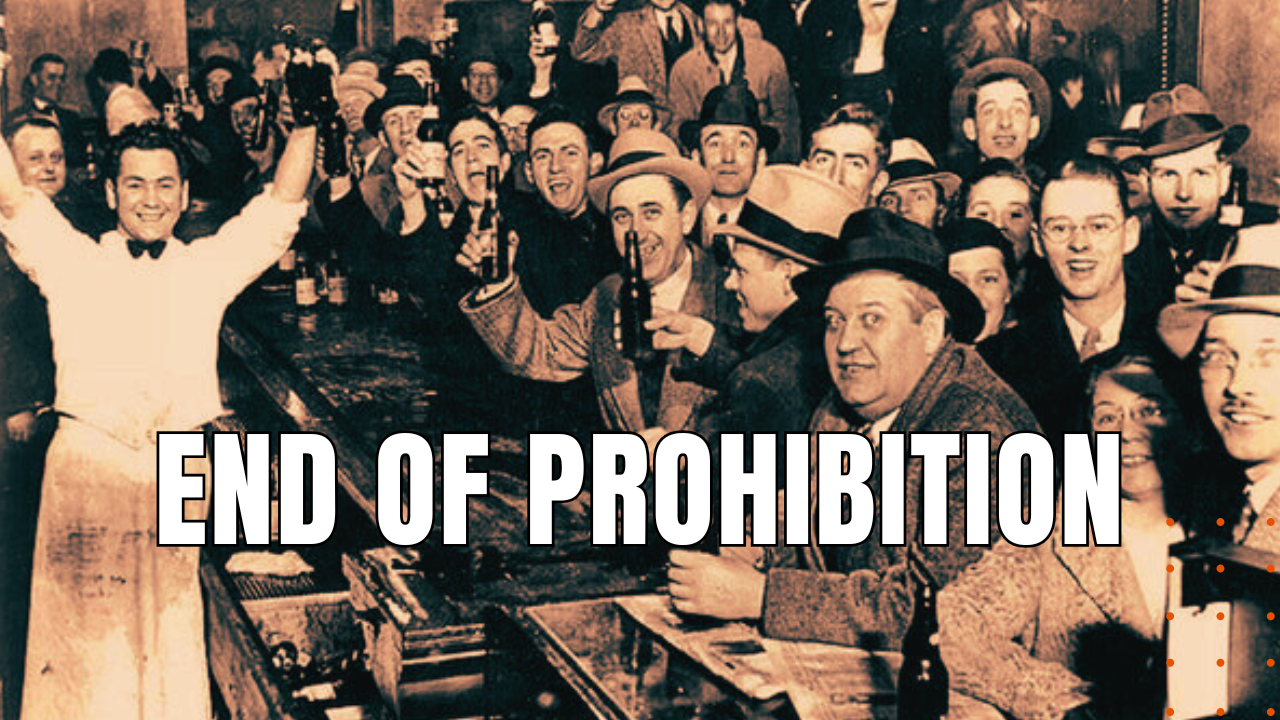End of Prohibition

Ratified by Congress on January 29th, 1919, The National prohibition act gave state and local authorities the right to enforce the prohibition of alcohol.
The temperance movement had been growing during the first two decades of the twentieth century, under the common rallying cry that the consumption of alcohol was the primary cause of most crime in America. But as the 1920s unfolded, prohibition had the opposite effect.
Prohibition Incites Organized Crime
Prohibition opened lucrative doors for organized crime, where the production and distribution of alcohol became the mainstay of their business model. Prohibition proved difficult and expensive to enforce.
As the Twenties roared on, repeal groups gained an uncanny amount of support. After the stock market crash of 1929, the push to legalize alcohol was seen as a financial stimulus to the economy. Democratic presidential candidate, Franklin D. Roosevelt quickly used it to his advantage against incumbent Herbert Hoover.
After winning the White House, FDR repealed the 18th Amendment within 30 days of taking office, and on March 22nd, 1933, FDR signed the Beer & Wine Revenue Act, legalizing the sale of alcohol, provided the content was under 3.2 percent. The act would be followed by the 21st Amendment, which was ratified by the states on December 5th, 1933, making prohibition a thing of the past.
